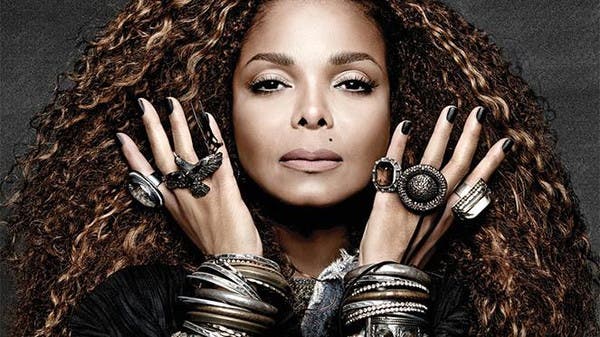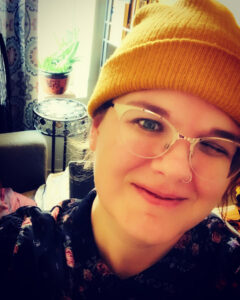
It all depends upon context and intention.
Janet Jackson
Think about a specific word that is considered “wrong or dirty or insulting.”
Imagine someone says this word to you or in your presence.
- Is there a person/time/place where this word wouldn’t offend you?
- Is there a person/time/place where this same word would offend you?
Right there, you’re already thinking about setting and context. We’re going to focus on setting and context and how authors do it in fiction.
What do we mean when we talk about setting and context in literature?
First, watch this YouTube Video.
What’s the setting?
Next, look at this picture.
And these pictures.
All the pictures were taken around the same time as the pictures shown on YouTube, so the essential setting (place and time) is the same, but the context (circumstances) for each picture is vastly different.
Consider the chapter from The Water Dancer, which you need to have read by Tuesday at 10 AM.
- What is the setting? What is one specific clue that helps you decide where/when this novel takes place?
- What is the context? What is one specific clue that helps you decide the circumstances the narrator is in?
Be ready to answer these questions during our discussion on Tuesday.
We’ll be continuing to talk about setting and context over the next few posts, but let’s go to the Assignment page for Week 10 to review the tasks for this week!





Leave a Reply